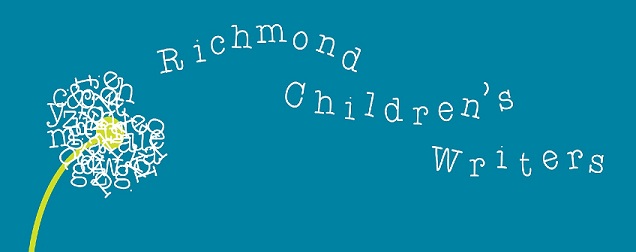The first thing to keep in mind about the business of writing is that writing is a business. So the first rule for submitting your manuscript is BE PROFESSIONAL.
Be professional when creating your manuscript. This means know the genre you’re writing for. Understand the difference between a board book and a picture book or the difference between an early reader and a chapter book. There are tons of great websites that expound on this topic, but for starters you may want to visit the Literary Rambles blog post on word counts. Once you know your genre, create the best story you possibly can. If you haven’t edited it and revised it several times, it’s NOT the best it can possibly be. I strongly recommend joining a critique group to help with the editing process. To find a critique group, please check out the Society of Children’s Book Writers & Illustrators.
Be professional when presenting your manuscript. No colored paper, no hand drawn pictures, no letters from friends telling how great your story is, no personal photos, no gifts of chocolate. You do want your manuscript to stand out to an editor, but not for all the wrong reasons. Your manuscript should be computer printed in a standard 10 or 12 point font and double spaced throughout. Your margins should be an inch to an inch and a half on each side. You should have a header with your title and page number. You should include a cover page with your title, author’s name, word count and your contact information. Again, don’t be afraid to use online resources like WritingWorld.com and others to make sure your manuscript is formatted to editors’ standards.
Finally, be professional in your query letters. If your query letter isn’t done right, editors may not even look at your manuscript. Take the time to research which companies and editors publish your genre. Never send a query “To whom it may concern.” It may pay to subscribe to resources like SCBWI, Children’s Book Insider or Children’s Writer to receive monthly leads on editors looking for specific genres. The query letter itself must be short and to the point; using only four paragraphs (as outlined by Noah Lukeman:)
1. Intro (explain why you chose this particular editor for your story)
2. Synopsis: (briefly describe your story, highlighting your character’s main conflict)
3. Bio: (list your writing credits, classes or experience with most relevant first)
4. Conclusion: (thank the editor for taking the time to review your manuscript)
So there you have it. Be as spontaneous, care-free, crazy, uninhibited, and unorthodox as you can when writing your story. But be as professional as possible when submitting to editors.

Great advice! Some of my early submissions should have been more professional. But it didn't matter because my writing wasn't that great either! My writing improved along with my knowledge of the submission process. And one without the other doesn't get you very far.
ReplyDelete